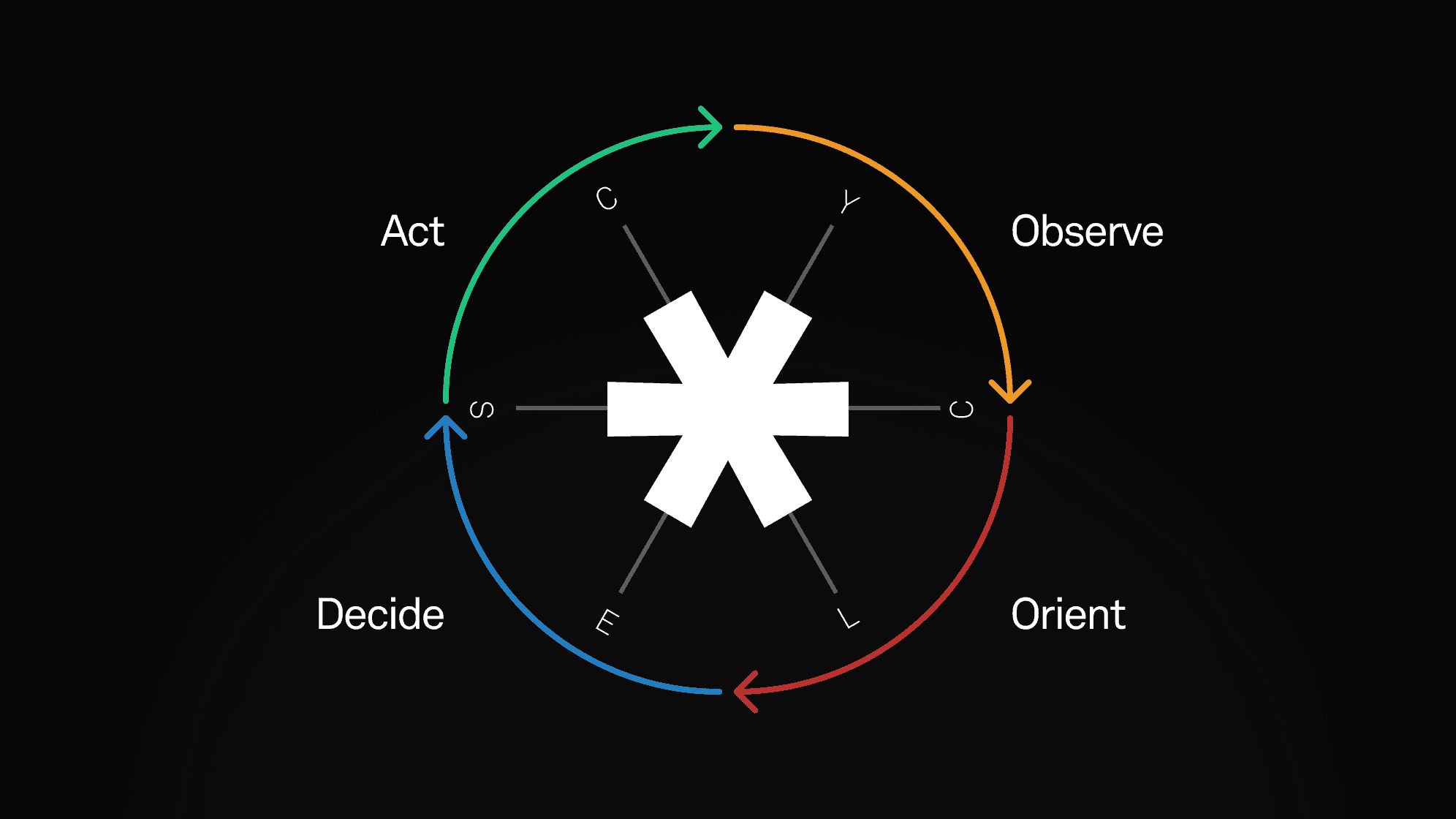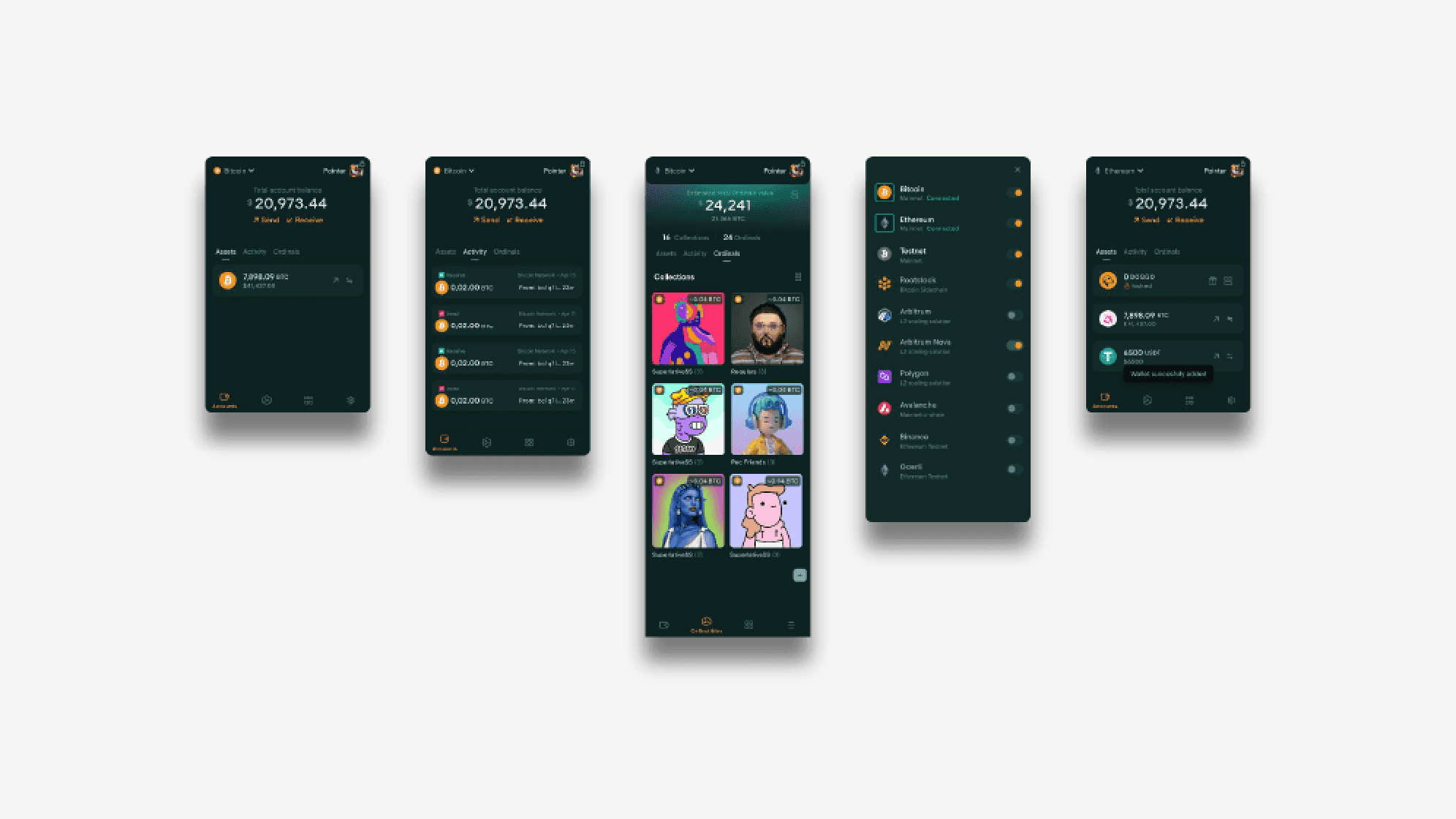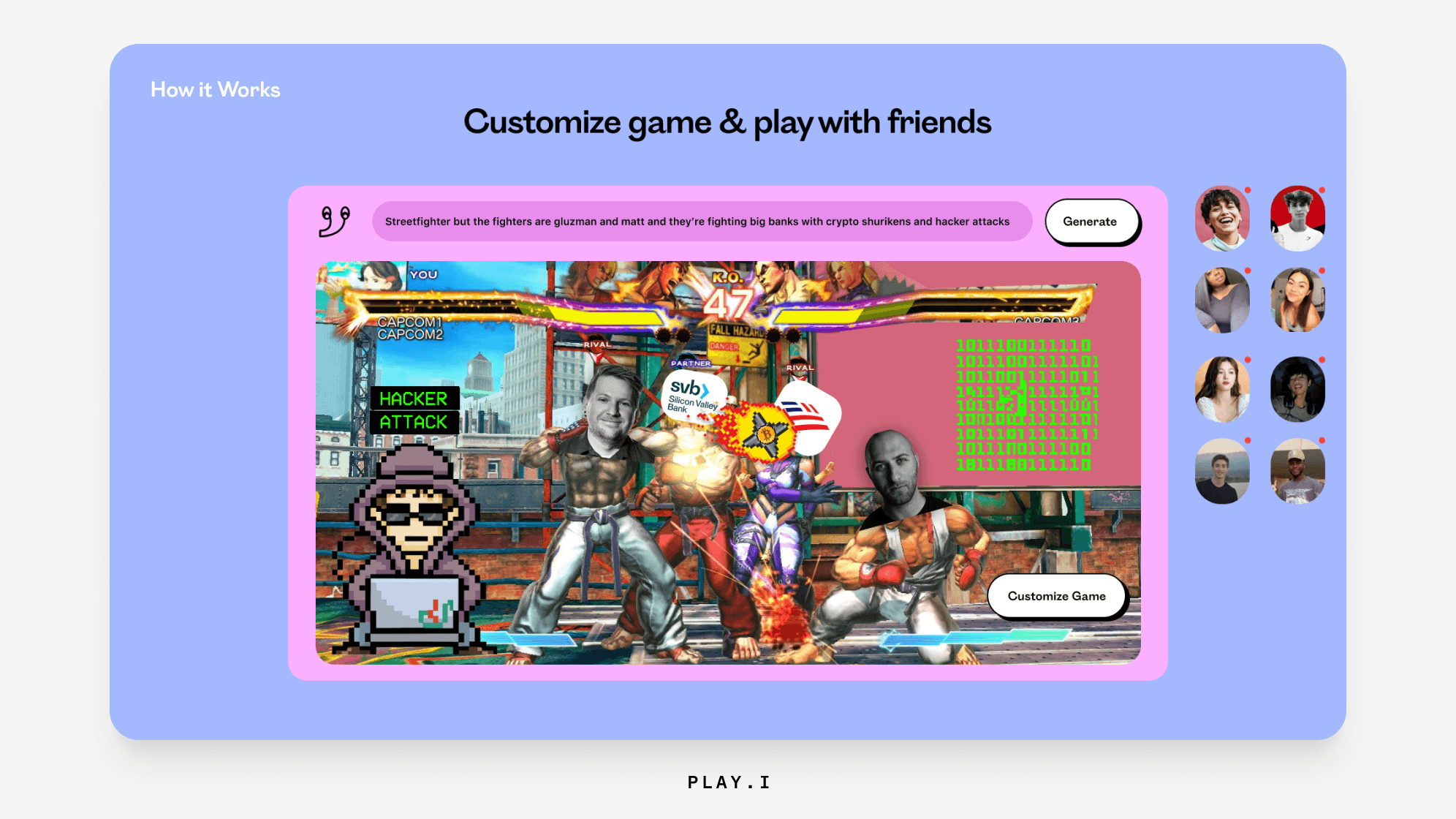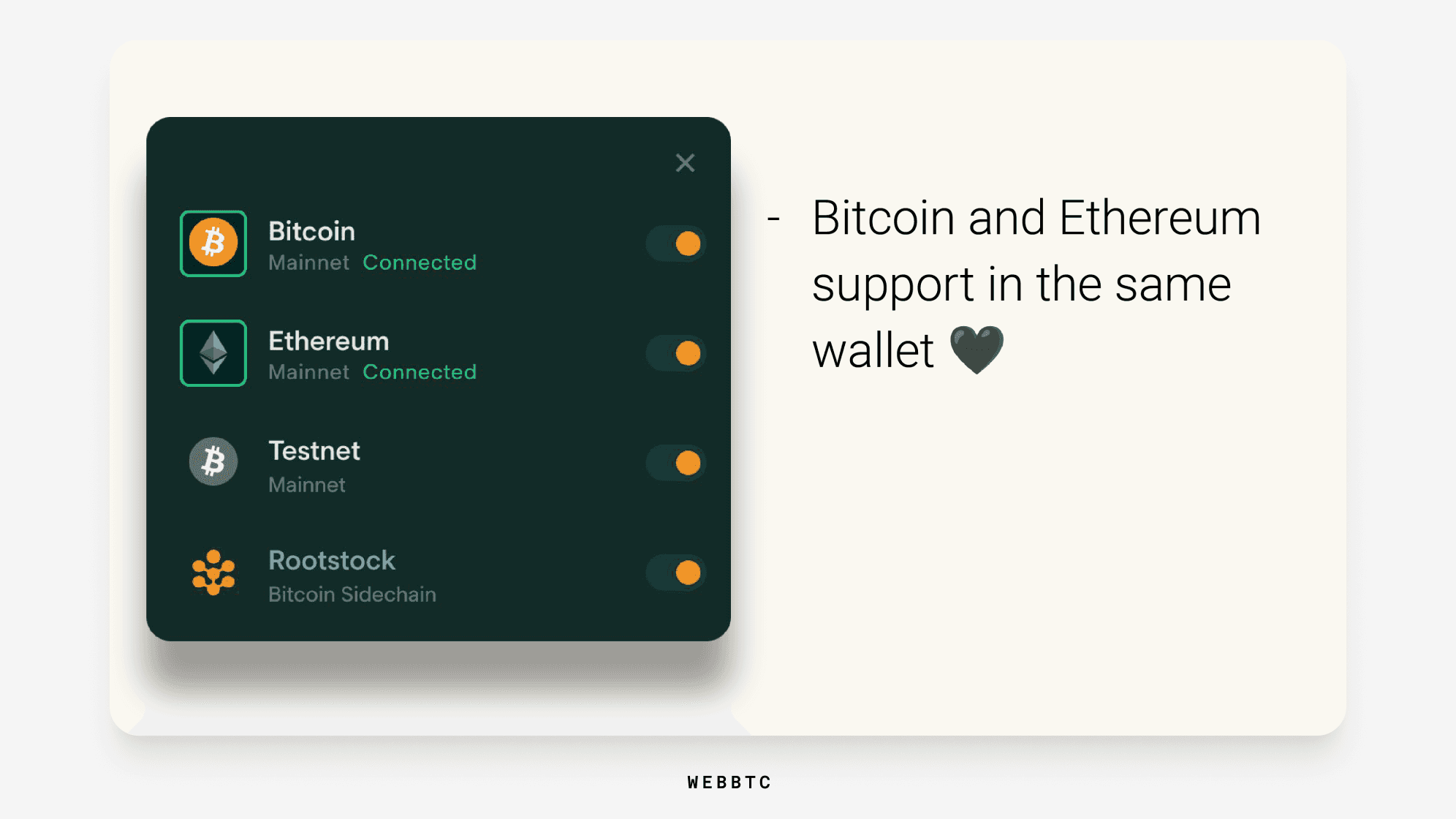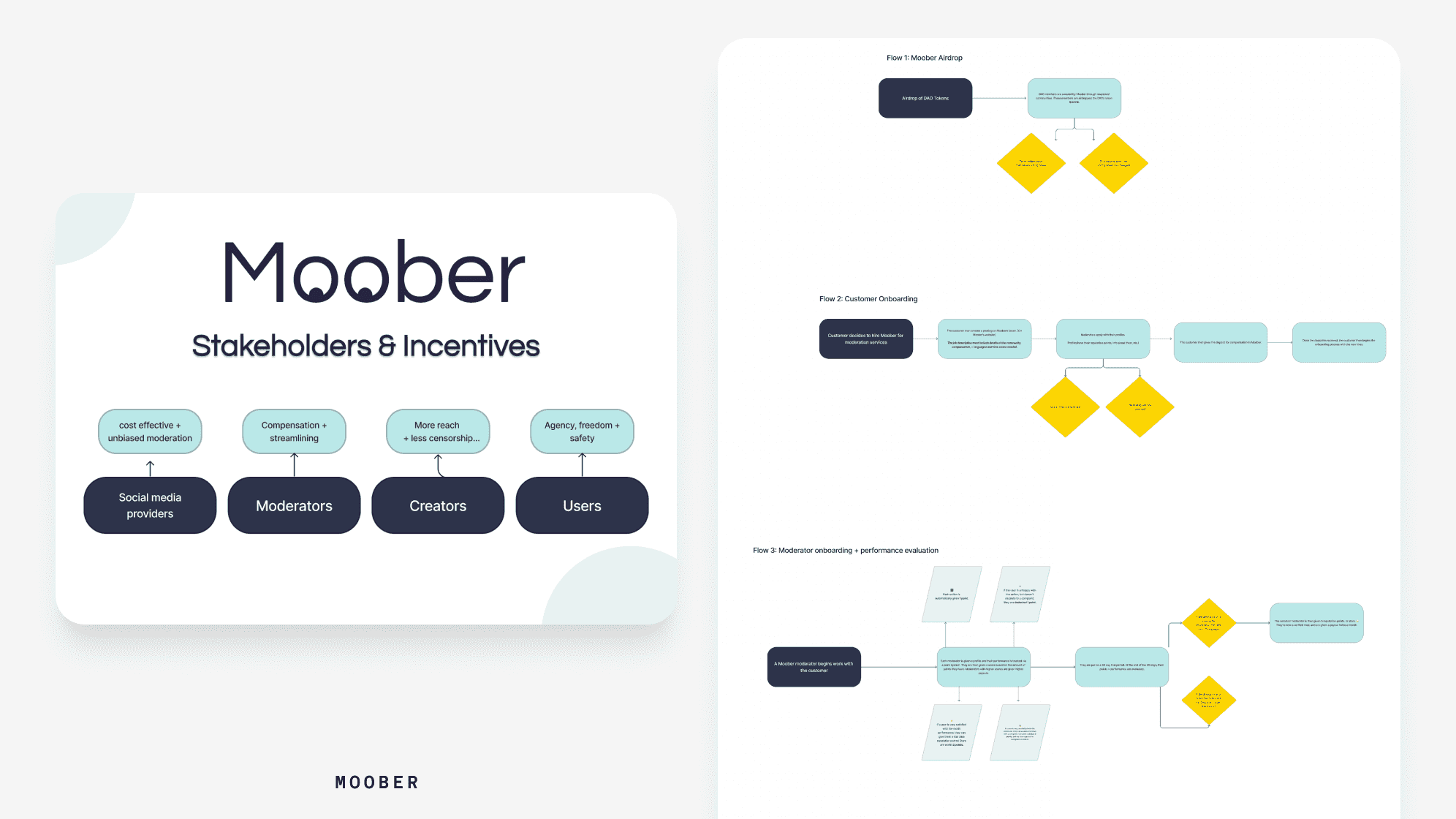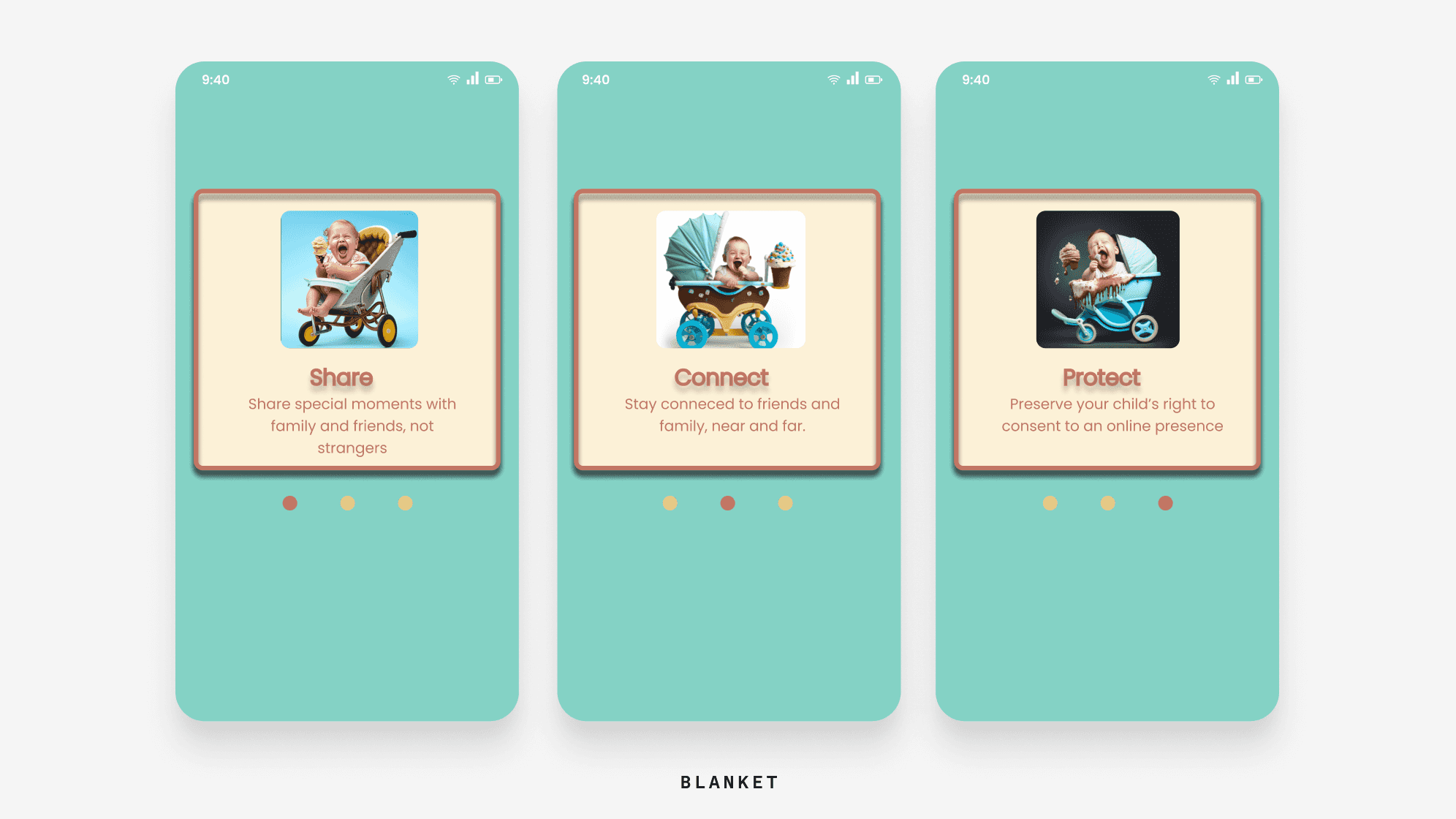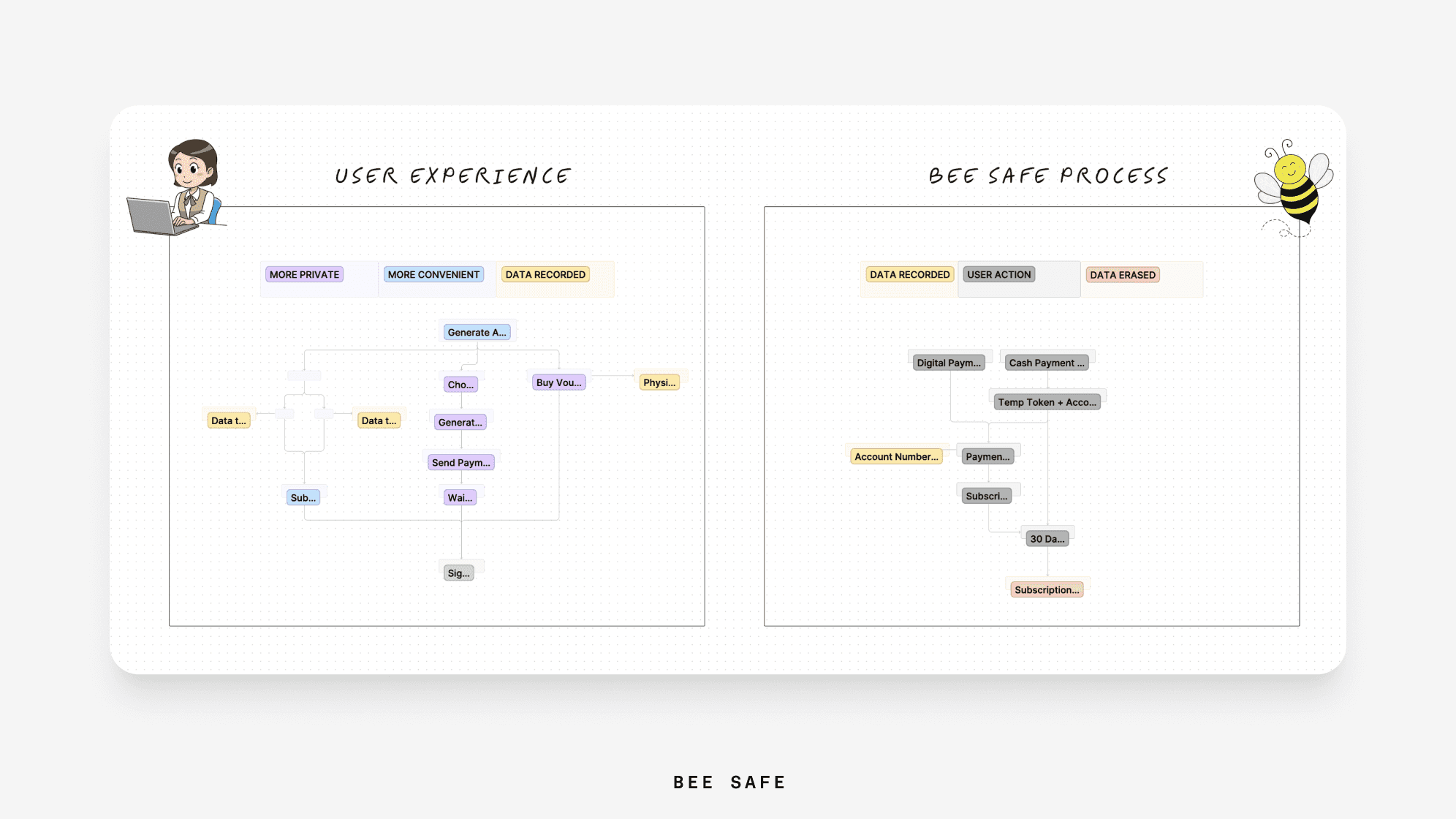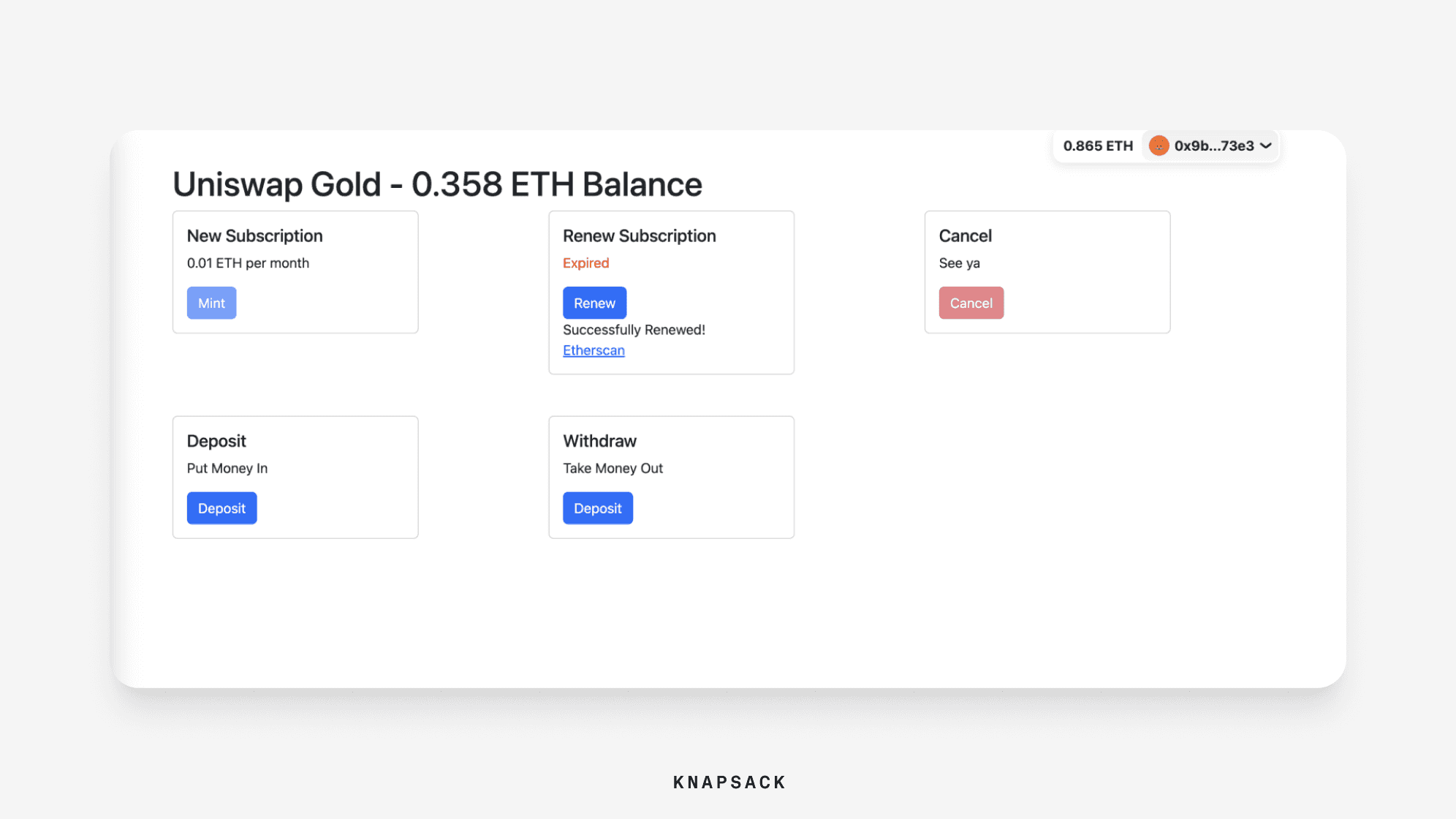At Jot, Thesis* team members developed, validated, and rapidly iterated on user problems and new product ideas in the Web3 space.
Thesis* recently held our ecosystem retreat in beautiful Barcelona, Spain. Over 40 team members from Taho, Threshold, Embody, Fold, Saddle Finance, and the Thesis Studio traveled from 7 countries to meet in person, deepen relationships, and eat jamon!
While we had a lot of fun throughout the week, we were also very productive. At the core of the retreat was Jot, an event where Thesis* team members developed, validated, and rapidly iterated on user problems and new product ideas in the Web3 space.
- What is Jot?
- Three Key Components of Jot (i.e. How to Launch a Startup)
- What the Jot Teams Built
- The Future of Jot
#What is Jot?
You’re probably familiar with hackathons - events where developers & designers gather to rapidly build new software over a short period of time.
Jot is like a hackathon, design sprint, and focus group all rolled into one. Modeled after Techstars Startup Weekend, Jot is a microcosm of the full startup experience and includes these very important aspects of successfully launching a new venture:
- Customer validation
- Prototyping
- Business model and Go-To-Market plan
Participants were split into 7 teams that included colleagues from engineering, marketing, business development, design, and operations. Each team selected a product category in which to develop their ideas. The categories included:
- Private subscriptions: How can we facilitate subscriptions to products without forcing users to share their private data?
- Bitcoin and Web3: What tools can we build to help Bitcoiners easily access Web3?
- Decentralized content moderation: How can we apply Web3 models to improve content moderation?
- Choose your own adventure: Ideas outside of the above categories. Give it a shot!
After each team selected their category, they had only 1 1/2 days to ideate, validate, strategize, and build. The event culminated in final pitches, where each team presented their Jot journey with one simple goal - prove that the idea is possible.
Before revealing the final products that the teams presented, let’s highlight the three criteria of Jot - customer validation, prototyping, and business model - why they are so important for startups to execute, and how the Jot teams approached these tasks.
#Three Key Criteria of Jot (i.e. How to Launch a Startup)
1) Customer Validation: Determining That Your Idea is Actually Solving a Problem
Validation is a crucial part of the startup process. It involves testing the viability of your idea by talking to customers, assessing market demand, and evaluating the potential of your product.
If you build a product before validating your idea, you will likely waste valuable time and money developing a tool that no one needs or wants. This can be the death knell for your startup at any point of its life.
There are many ways that you can validate your idea. Here are some tasks that Jotters executed over the 1 1/2 days to increase the viability of their concepts, and what you can do in the early days of your startup.
a) Identify Your Target Customer
The first step of validation is to identify your target customer.
Who are you selling your product to? Who is your end user? (These may or may not be the same person.)
Are you going after retail or corporate buyers? What are the roles and responsibilities of these buyers and what are they trying to accomplish?
By honing in on a specific initial target customer, you’re setting a strong foundation on which your validation, prototyping, and business model processes are built.
b) Speak with Your Target Customers
After you’ve identified your target customers, connect with them to explore their needs, behaviors, and pain points relevant to your idea. This is often called “customer development“ or “primary research”.
Face-to-face conversations (in-person or video chats) are the best method of speaking with your customers. You’ll be able to see their visceral reactions to your questions to learn what excites them or doesn’t strike a chord.
In addition to live interviews, you can run an online survey to gather data on customers’ problems and preferences.
Regardless of the method you use, don’t pitch your idea right away! You want to learn about your customers’ needs and problems without biasing them with your super-cool idea up front.
Here are some example questions you can ask:
- What are the biggest problems you face in (tasks relevant to your idea)?
- Tell me about the last time you performed these tasks.
- How much time or money do you spend on these tasks per week?
- What would your ideal solution to this problem look like?
- What tools are you currently using to solve this problem? What do you like or dislike about these tools?
You can find more customer development questions in this blog post.
After sufficiently digging into your customers’ problems, you can then pitch your product and garner feedback on it. And if the customer loves your idea, you should ask them to pay you for it!
By talking to your customers, you can gain insights into their preferences and identify the gaps in the market that your product or service can fill. This will help you refine your idea and build a customer-focused solution.
The customer validation process allows you to learn, iterate, and validate your idea.
c) Conduct Secondary Market Research
Secondary market research involves gathering data on your competitors, trends, and industry insights. By analyzing the market trends and the competitive landscape, you can identify opportunities, risks, and challenges that your startup may face.
If you find data that the market you’re pursuing is growing fast, that’s great news.
If you determine that a competitor just raised funding, that’s a form of validation.
But if you discover that your market is shrinking or overcrowded with competitors, you may have some thinking to do. 🤔
Secondary research is an important complement to customer development, and it can help you develop a strategy that aligns with the market trends.
In summary, a successful customer validation process requires a combination of identifying your target customer, speaking with them, and researching market data.
Keep in mind you’ll never be 100% confident that your idea will be a success, especially with so little time. Regardless, gathering this directional data is invaluable in determining your next steps and iterating on your idea. Heck, you may find out that your initial idea isn’t going to work, and you’ll have to pivot to a new one. That’s a helpful discovery!
2) Prototyping: Visually Representing Your Product
The next step is to create a prototype.
A prototype is a simple visual representation of your product or service. We didn’t expect teams to build working software over 1 1/2 days (though one team did!), especially when there was so much else to do over such a short period of time. So there was a lot of flexibility in what the prototype could be, such as:
- Diagrams
- Flowcharts
- Storyboards
- Videos
- UI mockups
- Code
- A short skit
Regardless of the format, the prototype should properly communicate what the idea might look like and how it might work. This prototype could then be presented to target customers for additional feedback, which you would use to iterate on and refine your product.
Prototypes can vary and include visual designs, a working app, and more.
3) Business Model and Go-To-Market Plan: How Your Startup Will Be Viable
The final piece of the Jot puzzle was the business model and GTM plan.
A startup can’t be viable if it can’t acquire customers and make money. Thus teams had to address the following questions:
- What’s the ideal revenue model for our product? Subscription, transaction fees, or something else?
- Based on our interviews, are customers willing to pay for our product? If so, how much?
- What are the most effective channels to acquire customers? Partnerships, direct sales, paid marketing, or others?
Someone smart said, "If it don’t make dollars, it don’t make sense.” Startups have to make sense.
#What Did the Jot Teams Build?
In just 1 1/2 days, the Jot teams:
- Interviewed and surveyed over 300 customers.
- Built prototypes that included in-depth user flows, interactive videos, and even a working payments application.
- Crafted their business models and GTM plans.
- Delivered informative and entertaining presentations of their achievements.
Here are the ideas that were presented:
Play.i: An open-source, user-driven game creation app that lets users of all ages create their own games in a flash.
WebBTC: Integration of Bitcoin features into the Taho wallet to reduce friction for those who care about Ordinals, bridging Bitcoin, and seeing their cross-chain portfolio all in one place.
Moober: A scalable plug-and-play content moderation network that includes automated moderator performance evaluation and compensation.
Blanket: A photo- and video-sharing application where users can share content with their friends and loved ones while maintaining data privacy.
Bee Safe: Payment technology that decouples payments from users, and users from payment accounts, to enable private subscriptions.
Knapsack: A decentralized and privacy-focused subscriptions payment platform to help Web3 projects retain users.
Phylter: A decentralized, open-source, AI-powered community moderation bot named Phyl / Phyllis.
#The Future of Jot
This was the first time we’ve run Jot and it certainly exceeded our expectations. While Jot was an intense sprint, the teams worked really well together, achieved so much over a short period of time, and launched startup ideas that we’re further exploring.
We will also integrate the key components of Jot into the Thesis* Studio’s project assessment processes. Customer development, rapid prototyping, and business planning will play important roles in how we decide what projects to launch.
Jot was a big success that will have a positive impact in how we ideate, validate, and launch future projects. We can’t wait to organize more Jots in the future!
If you’re interested in building new projects like these, we’re hiring for a Sr. Creative Developer for our Labs group. Learn more about the role here or check out all of our open positions here.
Thanks for reading! If you enjoyed this post, please share it with your networks and follow us on Twitter and LinkedIn.


